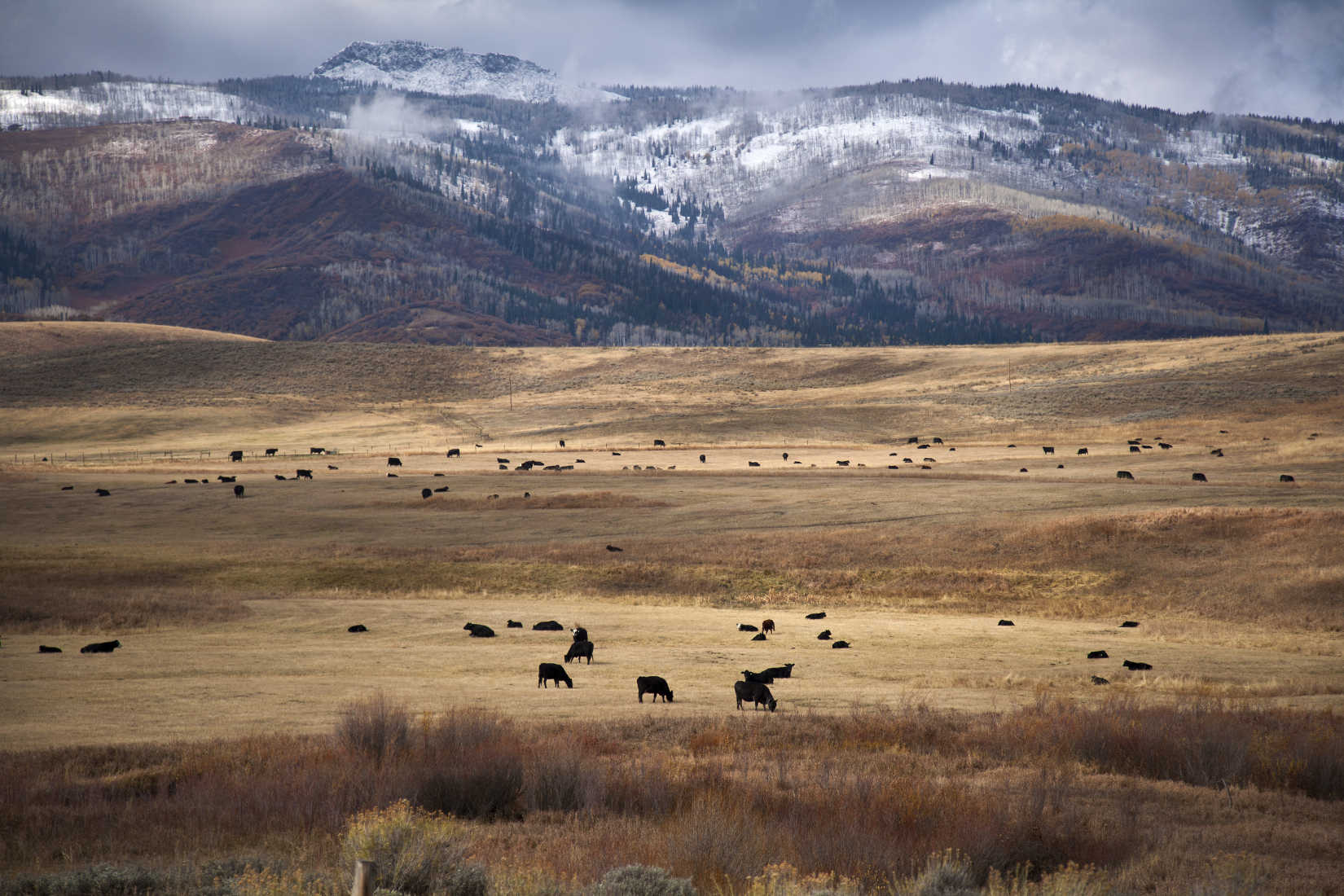By: Randy Tucker
Four generations after legendary Wyoming range detective Tom Horn was executed in Cheyenne, the war on rustlers, stolen cattle, and the lawmen who chased down these criminals remains alive and well. That work continues into the 21st century as rustling waxes and wanes with the roller-coaster prices of live cattle.
Border areas of western states are particularly vulnerable to the modern generation of rustlers.
Gone are the days of herding stolen cattle with horses, altering the brand with a “running iron” (a straight metal poker that when heated could add a bar, an angled line or any other shape to alter an existing brand), and then herding them to a remote location for dispersal.
Instead, modern rustlers use portable corrals, “gooseneck” stock trailers, and the cover of night to conduct their crimes.
Often the only evidence at a rustling location are the tire tracks of the truck and trailers involved, along with the telltale markings of makeshift panels put in place to capture the cattle. All-terrain vehicles have replaced the horse in most of these crimes.
Cattle markets are among the most unstable of all commodities. At times they make oil and gas pricing look stable.
When prices are low, they’re difficult to sell. Feed prices deplete any potential profit from this marginalized industry, though the prices at your local supermarket don’t ever reflect that trend.
When prices are high, cattle start disappearing from ranges, pastures, and feedlots.
That was the case in the 1970s, when after decades of reduced prices, cattle finally began to sell at profitable margins.
That’s when cattle began disappearing off the ranches in Niobrara County, the smallest of Wyoming’s 23 counties, but one, (in the eyes of rustlers) with a perfect location. Lusk, population 1,500 is the county seat and only one of two organized municipalities, along with Manville (pop. 120) in the entire county.
Niobrara County borders South Dakota and Nebraska on the east.
When cattle began to vanish, the only trace was tire tracks on the remote, dry grassland of ranches stretching between Jay Em and Mule Creek Junction.
The local sheriff’s department, the inspectors from the Wyoming Stock Grower’s Association and Wyoming state brand inspectors couldn’t locate the culprits.
Cattlemen took the matter into their own hands, hiring a private range detective, Ed Cantrell, as their ancestors once did with Tom Horn.
Cantrell came to Niobrara County with a wealth of law enforcement experience.
Cantrell served as an MP in the US Army in post-war Germany, before graduating from the Indiana Police Academy and working in law enforcement in his home state.
He was an avid hunter and fisherman, who visited Wyoming on one of his expeditions and fell in love with the state. He did a stint as a Wyoming Highway Patrolman stationed out of Rock Springs in the 1960s then resigned to become a range detective in Niobrara County.
His work is the stuff of legends among local ranchers.
The rustling ended abruptly a few months after Cantrell’s arrival and did not return.
Cantrell had never killed anyone officially in the line of duty at that time, but local legends tell of unmarked graves in the vastness of short grass prairie separating Lusk from Lance Creek 45 miles to the northwest.
None of these claims were ever substantiated.
What is substantiated is that Cantrell lost his oldest son in an automobile accident in 1976, leading to a life-changing decision.
Cantrell moved back to Rock Springs where he took a position as safety director with a battered, demoralized Rock Springs Police Department.
Rock Springs was a town right out of the Wild West in the late 1970s. A boomtown, full of young men with disposable income and an active criminal element more than willing to separate the young miners from their paychecks.
He formed a detective division and began the arduous process of “cleaning up the town.”
In the process of rebuilding the police force, he hired Michael Rosa, as a detective.
Rosa was an undercover narcotics officer, working to expose known mob dealers in the small western town along the Interstate 80 drug corridor.
The relationship between Cantrell and Rosa had deteriorated over the previous months.
On the night of July 15, 1978, Rosa sat in the middle of the back seat of an undercover car, with a glass of wine between his feet.
The action came quick and with deadly consequences as Cantrell pulled his .38 caliber revolver and shot Rosa right between the eyes, killing instantly with a single shot.
Cantrell told investigators it was self defense, he knew Rosa was going to kill him, “He could see the look in his eyes.”
A sensational trial ensued with Cantrell represented by world-famous defense attorney Gerry Spence, a Wyoming native with a tremendous track record in court.
Spence was the attorney representing Karen Silkwood when she exposed chemical giant Kerr-McGee in one of the largest whistleblower cases in American history.
His book, “Gunning for Justice” detailed the life and trial of Cantrell in detail.
Spence won the case, Cantrell was acquitted, thanks to substantial donations from the ranchers in Niobrara County who appreciated his work in eliminating one of the worst modern rustling rings in modern history.
Cantrell passed away in Salt Lake City in 2004 at 76. He remains one of the most famous modern lawmen in the almost tamed American West.

